preparing runner beans
fusion_power
14 years ago
Related Stories

SUMMER FRUITS AND VEGETABLESSummer Crops: How to Grow Beans
Grow your own beans for amazing variety and healthy, convenient produce all summer
Full Story
GARDENING GUIDES10 Easy Edibles for First-Time Gardeners
Focus on these beginner-friendly vegetables, herbs, beans and salad greens to start a home farm with little fuss
Full Story
LANDSCAPE DESIGNSmall Garden? You Can Still Do Bamboo
Forget luck. Having bamboo that thrives on a wee plot just takes planning, picking the right variety, and keeping runners in check
Full Story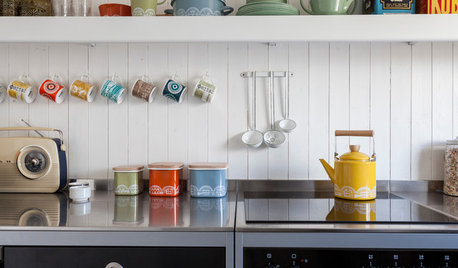
LIFEHow Do You Make Your Tea and Coffee in the Morning?
A morning cup is a must for many, and preparation comes in many guises. We look at coffee and tea habits across the Houzz community
Full Story
PRODUCT PICKSGuest Picks: 20 Finds for Spring Entertaining
Fire up the grill, prepare an iced cocktail and celebrate the arrival of dining al fresco in style
Full Story0
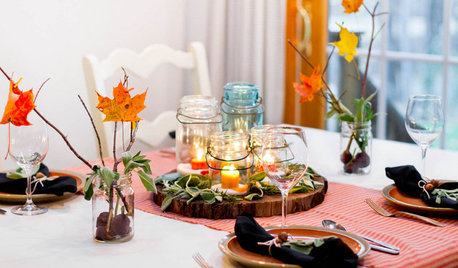
SHOP HOUZZShop Houzz: Celebrate Fall Flavors Around the Table
Everything you need from start to finish for a festive fall dining experience
Full Story0
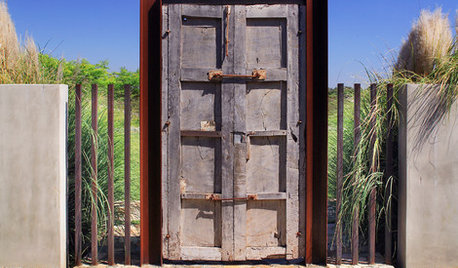
MATERIALSMesquite: The Brawny Beauty for All Over the Home
Denser than other hardwoods and sporting beautiful coloration, mesquite makes a fine material for flooring, countertops, furniture and more
Full Story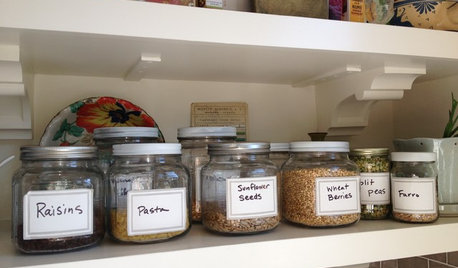
KITCHEN STORAGEArtful Organizers: Jars for Pretty Pantry Displays
Ditch the disheveled look of mismatched boxes and bags for colorful or clear pantry jars in an appealing arrangement
Full Story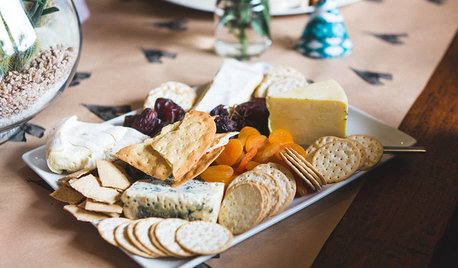
ENTERTAININGSimple Pleasures: The Reimagined Potluck
Party guests can bring more to the table than just the food. Enlisting help with setup, decorations and drinks spreads the work and the fun
Full Story
PRODUCT PICKSGuest Picks: 20 Fall Gift Ideas Under $50
Treat a host or birthday honoree to a home accessory that goes above and beyond but still stays within your budget
Full Story





jwr6404
cabrita
Related Professionals
Gainesville Landscape Contractors · Arden-Arcade Landscape Contractors · Brookline Landscape Contractors · Downey Landscape Contractors · Hilo Landscape Contractors · Kahului Landscape Contractors · Morrisville Landscape Contractors · Twin Falls Landscape Contractors · Vallejo Landscape Contractors · Watertown Landscape Contractors · Welby Decks, Patios & Outdoor Enclosures · Dayton Decks, Patios & Outdoor Enclosures · Garden City Decks, Patios & Outdoor Enclosures · Huntington Decks, Patios & Outdoor Enclosures · New Berlin Decks, Patios & Outdoor Enclosurescabrita
happyday
cabrita
happyday
cabrita
drloyd
cabrita
P POD
drloyd
cabrita
flora_uk
romanejo
plantslayer
fusion_powerOriginal Author
cabrita